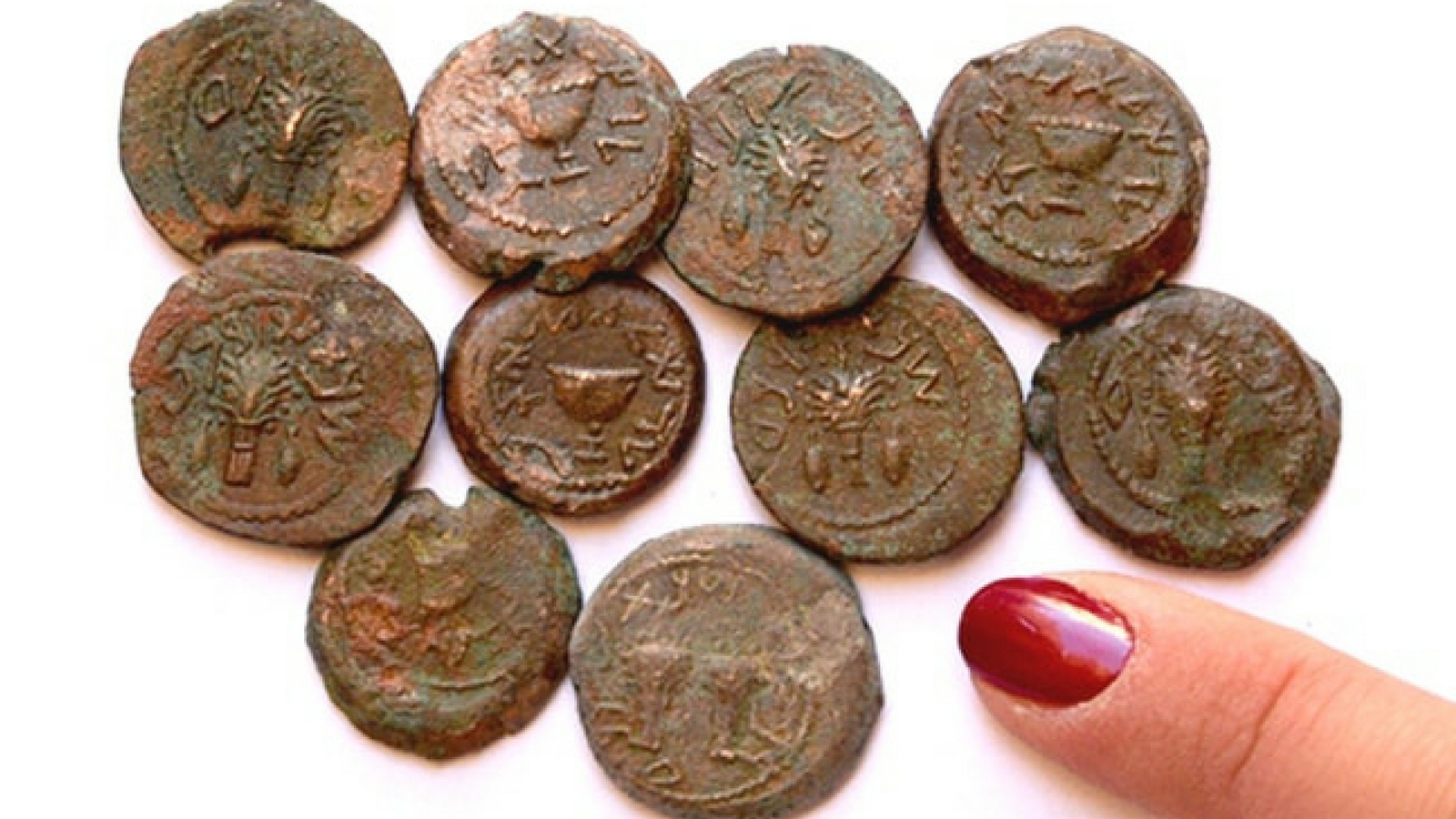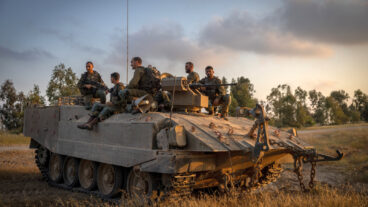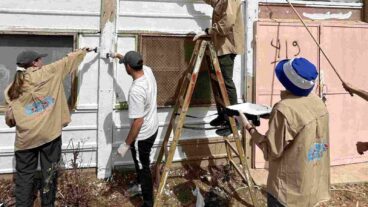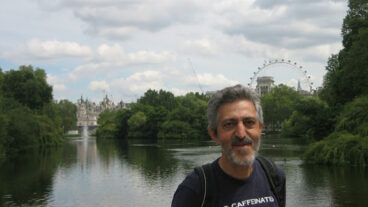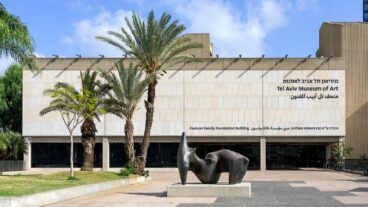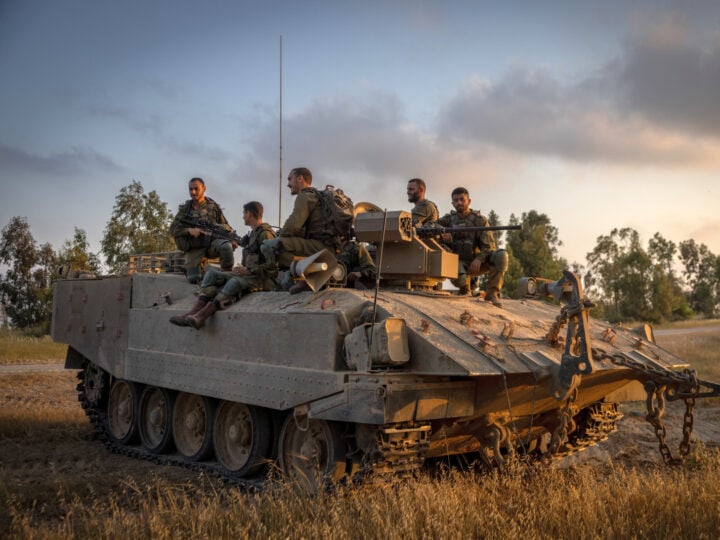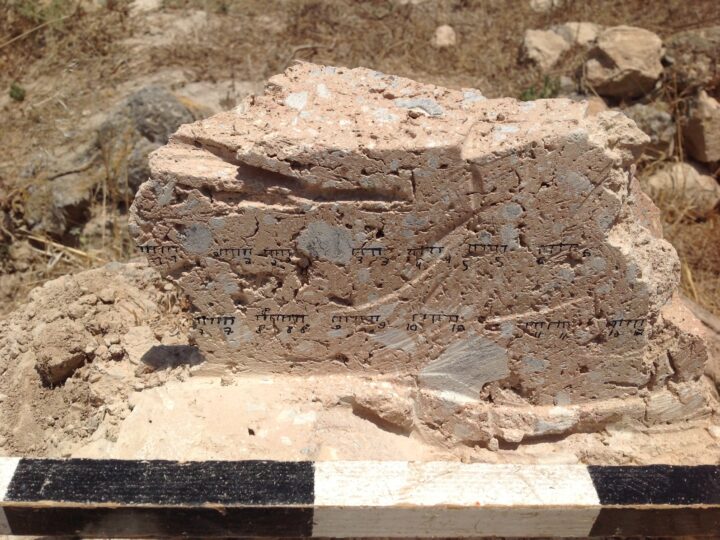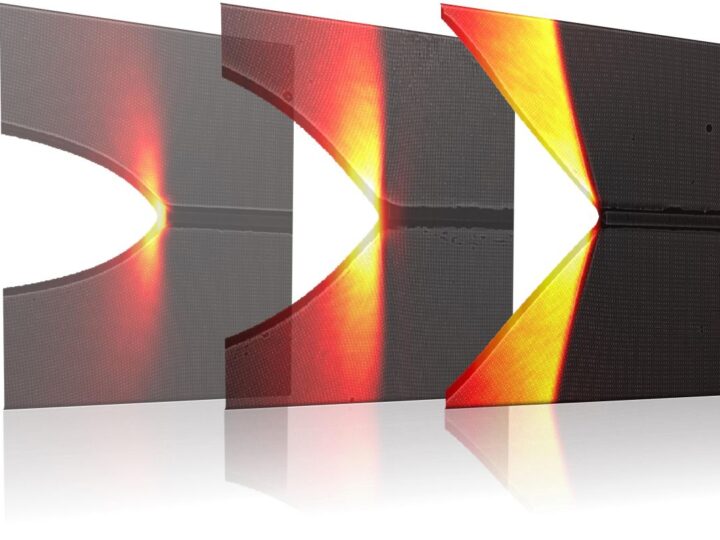A trove of rare bronze coins, the last remnants of a four-year Jewish revolt against the Roman Empire, has been discovered in a cave near the Temple Mount in Jerusalem.
During the digs at the Ophel excavation site, led by Hebrew University archaeologist Eilat Mazar, dozens of coins as well as broken pottery vessels, jars and cooking pots were found dating back to the Great Revolt period (66-70 CE).
It is believed that these 1.5cm bronze coins were left behind by residents of Jerusalem who hid in a 7-by-15-meter cave for four years during the revolt – from the Roman siege of Jerusalem until the destruction of the Second Temple and the city of Jerusalem. The coins are well preserved, which Mazar says is because they were only in use for a short time.
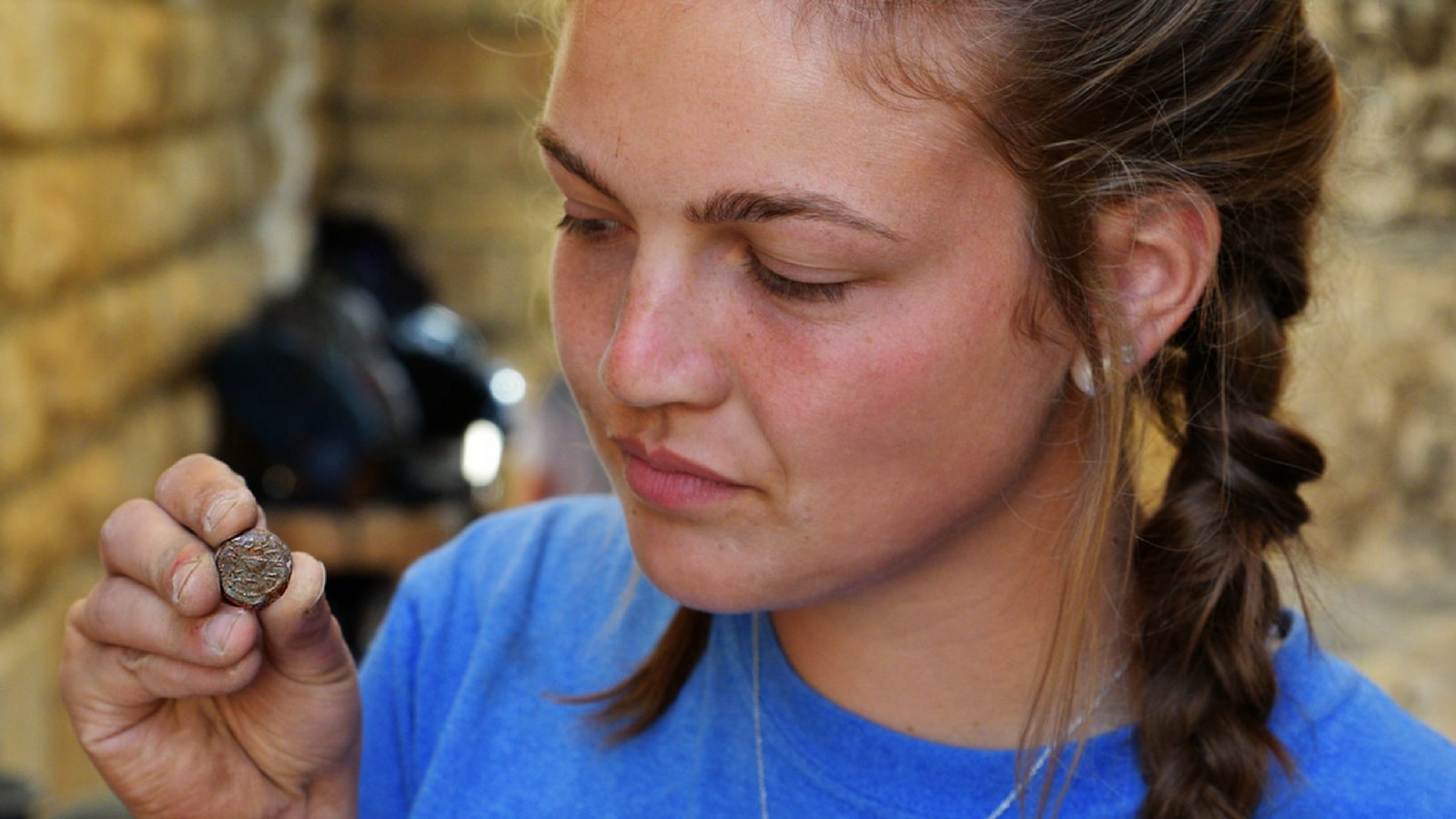
The majority of the coins are from the final year, known as “Year Four” (69-70 CE). While coins from the earlier years of the revolt were inscribed “For the Freedom of Zion” (in Hebrew), those from Year Four were inscribed “For the Redemption of Zion.”
“A discovery like this — ancient coins bearing the words ‘Freedom’ and ‘Redemption’ — found right before the Jewish Festival of Freedom, Passover, begins is incredibly moving,” Mazar said.
The coins are decorated with Jewish symbols including the four plant species associated with Sukkot: palm, myrtle, citron and willow; and a picture of the goblet used in the Temple service.
Mazar said that the cave, located below the Temple Mount’s southern wall, was left undiscovered and undisturbed since after the Second Temple period, making it a time capsule of life in Jerusalem during the revolt.
The findings were all uncovered during renewed Ophel excavations within the Walls Around Jerusalem National Park, directly above a Hasmonean period layer at the base of the cave.
The excavations were funded by the Herbert W. Armstrong College of Edmond, Oklahoma, whose students participate in the digs.
A similar number of “Year Four” coins were found near Robinson’s Arch, near the Western Wall, by Prof. Benjamin Mazar, Eilat Mazar’s grandfather. He conducted the Temple Mount excavations right after Israel’s Six-Day War on behalf of Hebrew University’s Institute of Archaeology.




